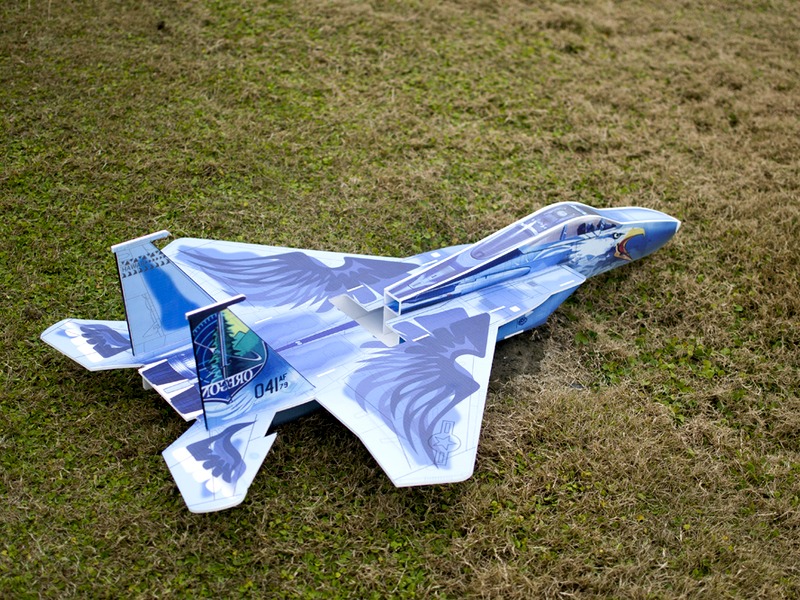Are RC jets hard to fly?

RC jets are not necessarily hard to fly, but they do require special knowledge and skill to fly correctly. RC jets are powered by an internal combustion engine, usually a turbine engine, which gives them a much higher performance level than traditional RC aircraft. This higher performance level, combined with their small size and weight, mean that they require more skill and knowledge to fly correctly.
The first and most important factor to consider when flying an RC jet is the pilot’s skill level. RC jets are not for the novice pilot, and it is recommended that pilots have at least some experience flying RC aircraft before attempting to fly an RC jet. It is also important to understand the basics of aerodynamics and how aircraft fly, as this knowledge will help pilots understand the dynamics of the aircraft they are flying.
Another important factor to consider when flying an RC jet is the environment. RC jets are not designed to fly in high winds, and turbulence can make them difficult to control. Pilots should also be aware of the temperature and humidity of the air, as these can affect the performance of the jet. It is also important to be aware of any nearby obstacles, as they can cause the jet to crash if not avoided.
The third factor to consider when flying an RC jet is the safety of the pilot and bystanders. It is important to ensure that all safety equipment is in place before flying, and that the pilot understands the safety regulations pertaining to flying an RC jet. This includes maintaining a safe distance from people or other objects, and being aware of any nearby aircraft that may be in the same airspace.
Finally, pilots should practice flying an RC jet before taking it out for a real flight. This will give pilots an opportunity to get used to the dynamics of the aircraft, and get a feel for how it will respond in different situations. It is also a good idea to practice flying the jet in an area with no obstacles, so that the pilot can get a better understanding of how the jet behaves.
In conclusion, RC jets are not necessarily hard to fly, but they do require special knowledge and skill to fly correctly. Pilots should be aware of the environment they are flying in, the safety regulations pertaining to RC jets, and should practice flying the jet before taking it out for a real flight. With the right knowledge and skill, pilots can learn to fly RC jets safely and enjoy the experience.
Comments / Question
2. Always wear safety goggles to protect your eyes from debris.
3. Make sure that your plane is in good condition and that all parts are securely fastened.
4. Make sure to check the weather before flying and never fly in windy or wet conditions.
5. Check the battery levels before every flight and make sure to land when the battery is at least 25% charged.
6. Never fly higher than 400 feet and always fly within line of sight.
7. Always use a spotter to help you keep track of the plane’s location.
8. Never fly over populated areas or near airports.
9. Make sure to use the right frequency for your transmitter and receiver.
10. Be aware of other aircraft in the sky and maintain a safe distance.
2. Knowledge of the aircraft’s components, including the power system, control surfaces, and other flight systems.
3. Understanding of the principles of aerodynamics, including lift, thrust, and drag.
4. Knowledge of the aircraft’s flight envelope, including its maximum speed, altitude, and maneuverability.
5. Knowledge of the aircraft’s operational capabilities, including its range, endurance, and payload capacity.
6. Ability to read and interpret flight plans and air navigation charts.
7. Knowledge of radio frequency (RF) and wireless technology, including the operation of the aircraft’s radio control system.
8. Ability to set up and operate the aircraft’s radio control system.
9. Knowledge of basic aircraft maintenance and repair techniques.
10. Ability to troubleshoot problems with the aircraft’s radio control system.
11. Knowledge of the applicable regulations and safety procedures for operating RC jets.
RC jets come in a variety of shapes and sizes, and range in difficulty level from beginner to advanced.
The most common types of RC jets are electric-powered RC jets, gas-powered RC jets, and turbine-powered RC jets. Electric jets are usually the least expensive and easiest to fly. They are generally easier to repair and upgrade, as well. Gas jets are more expensive and require more maintenance, but they provide greater speed and power. Turbine jets are the most expensive and complicated, but they offer the highest performance and longest flight times.
The easiest RC jets to fly are electric ducted fans, pusher jets, and delta wing jets. These are ideal for beginners and provide steady handling, good maneuverability, and easier control.

